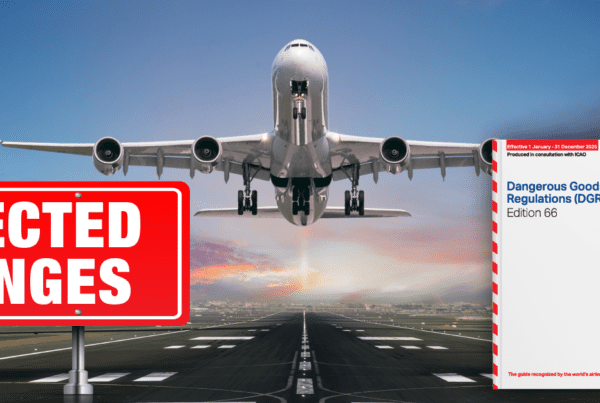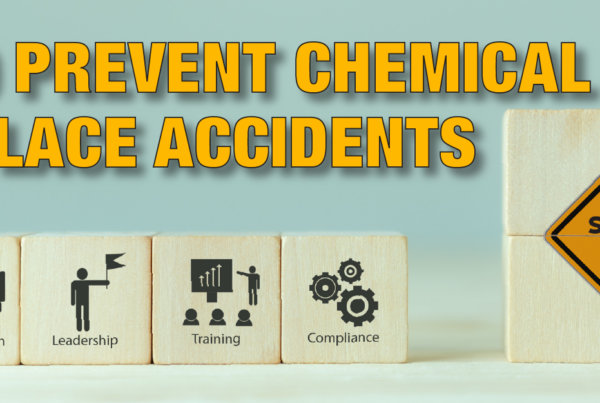It just doesn’t seem possible that the new OSHA standard, known as HazCom2012, has been in full swing for over 4 years now. Of course, the time taken to get everything in place regarding it is still fresh in many people’s memories. I can still remember choosing to work on Memorial Day weekend to help some customers meet the June 1, 2015 deadline. Just as a reminder, that transition was to Revision 3 of the Globally Harmonized System of Classification and Labeling of Chemicals (UNSCEGHS) or Purple Book and the direct section of the Code of Federal Regulations (CFR) that was updated is Title 29 1910.1200. Given that the UN just released Revision 8, the US is a bit behind some other parts of the world.
Don’t worry though, OSHA is already in the process of preparing another update to the standard. However, this will take time given the process involved with updating the CFR. The process was supposed to start in the Fall of 2014 with a Notice of Proposed Rulemaking (NPRM) for an update to Revision 7 of the Purple Book. That didn’t happen and the date moved to Spring of 2018. Again, the process stalled. OSHA is now looking to publish the NPRM this month – December 2019.
This notice of proposed rulemaking, whenever it is published, is supposed to update the OSHA standard to the most recent revision of the Purple Book. However, this will likely be to Revision 7 and not 8 that was just published. Also, keep in mind that with the allowances under the “building block approach”, not all elements of the latest standard or even the previous ones have to be incorporated into the next update. So, what kind of changes are likely?
Expected Revisions to HazCom2012
- Clarification of some hazard class definitions and criteria for:
- Skin corrosion / irritation
- Serious eye damage / irritation
- Reproductive toxicity
- Specific target organ toxicity (STOT)
- Carcinogenicity.
- Introduce a new hazard class for desensitized explosives, chemically unstable gases and aerosols that are not flammable.
- Add another test method for oxidizing solids.
- Change how flammable gases are classified and placed into categories. This will impact the criteria for chemically unstable and pyrophoric gases too. Note that pyrophoric gases already exist in OSHA HazCom2012 as an OSHA Defined Hazard.
- Revise and combine certain precautionary statements.
- Additional information to be included on an SDS including more information for Section 9.
- Include information and examples for the labeling of small packages. OSHA has several letters of interpretation on this already but perhaps the information will not be a part of the standard.
While the list is somewhat short, these changes can have quite an impact when implemented. Even though we are currently in a wait and see situation, I would advise current industry people to focus on the current standard. Since it’s implementation, non-compliance with the standard are consistently listed as one of OSHA’s top 10 violations.
How can ICC help? We are able to author fully compliant SDS and labels under the OSHA HazCom standard. This includes the classification of the product from a certificate of analysis or formulation level. Another service we offer is to review SDS files. We can look at the general formatting of the entire SDS or even just focus on the classification listed in Section 2. Since we are fully versed in WHMIS 2015, we can also work with customers on how to create an SDS that would be compliant in both the US and Canada as well as translate it into French. We can even help you with workplace labels. If you need information about what should be on them, what style would best fit your industry and even print them for you? Basically, ICC is able to cover all of your OSHA HazCom needs. Call us today at 1-888-977-4834 or visit our website at www.thecompliancecenter. com!







 ICC USA
ICC USA ICC Canada
ICC Canada